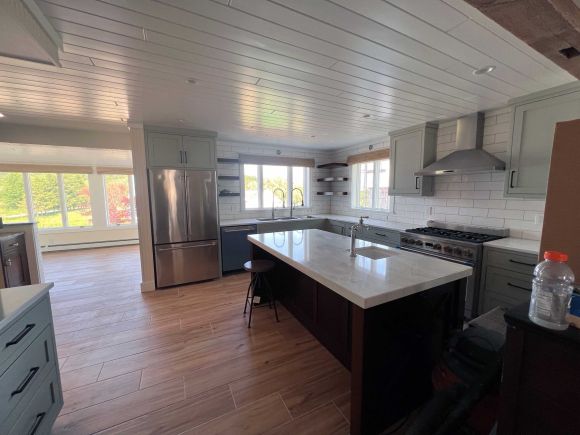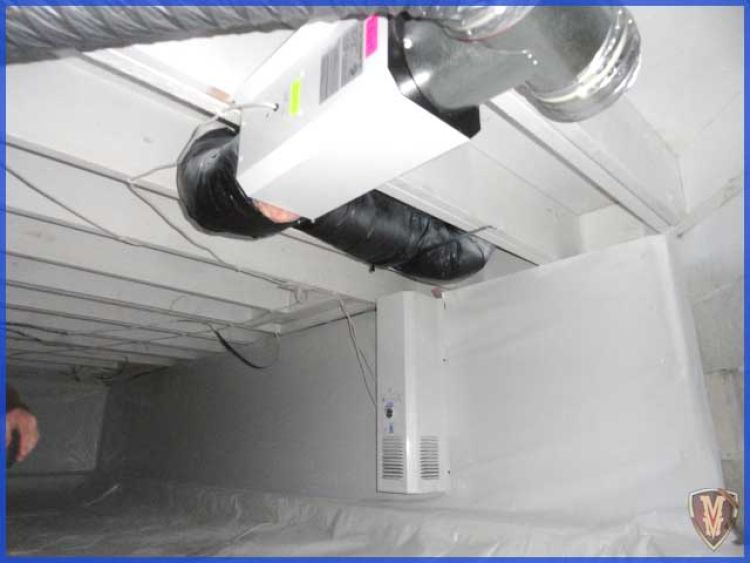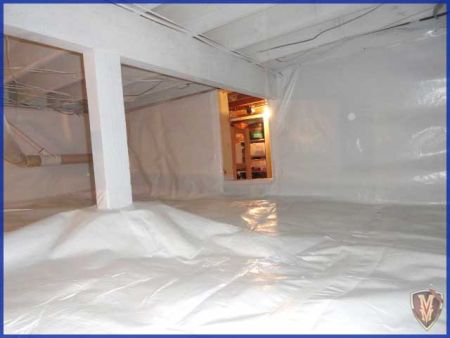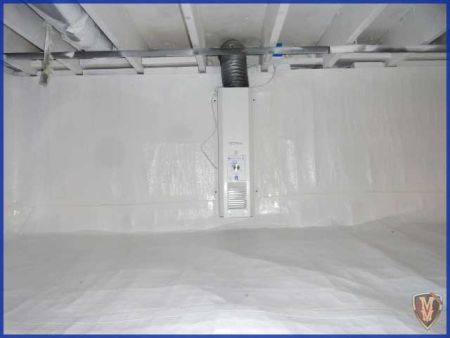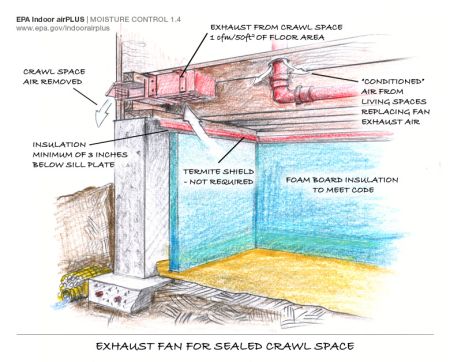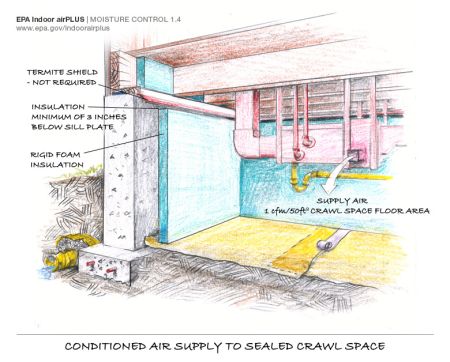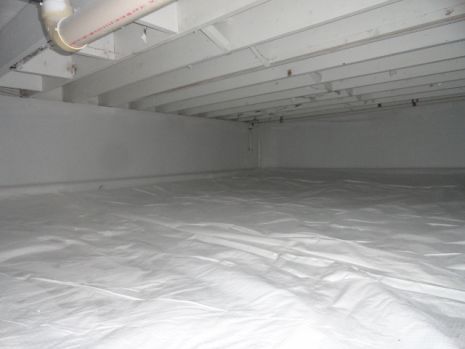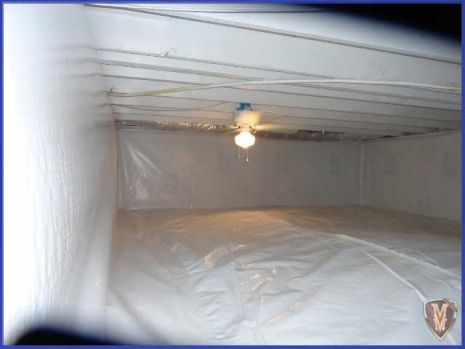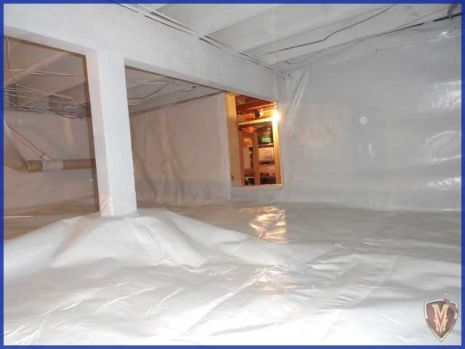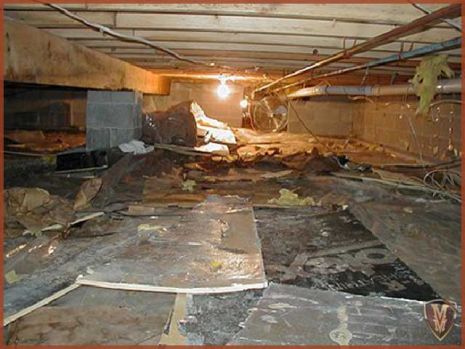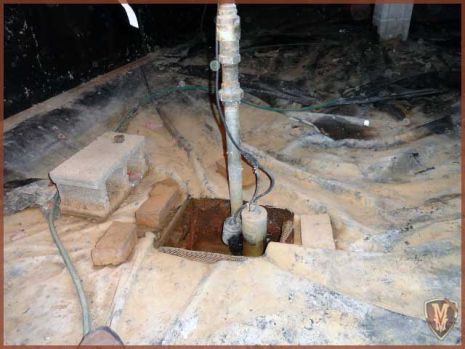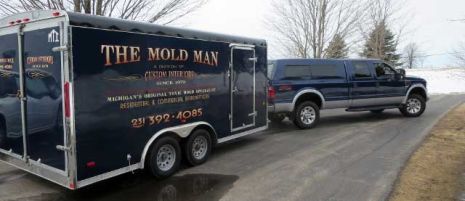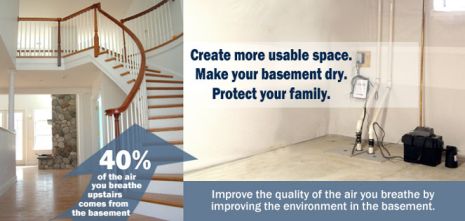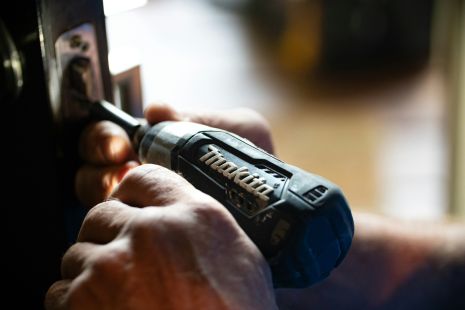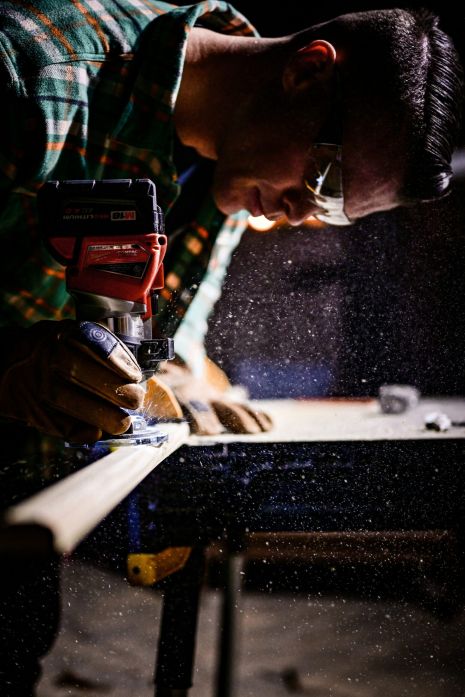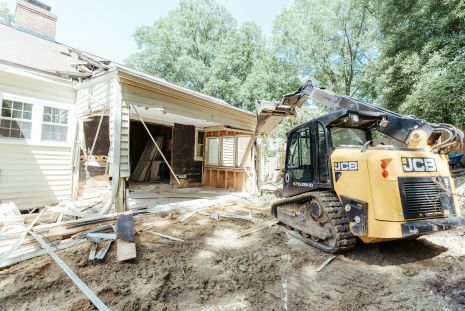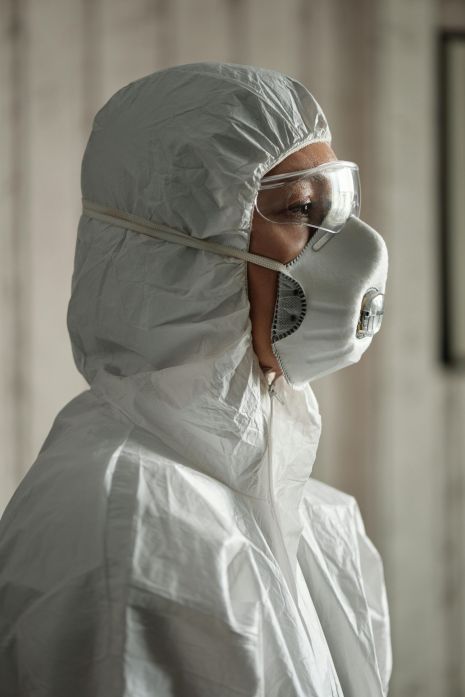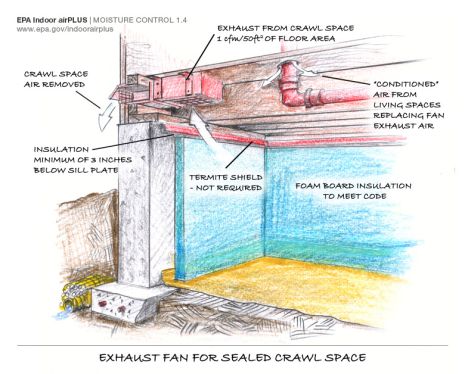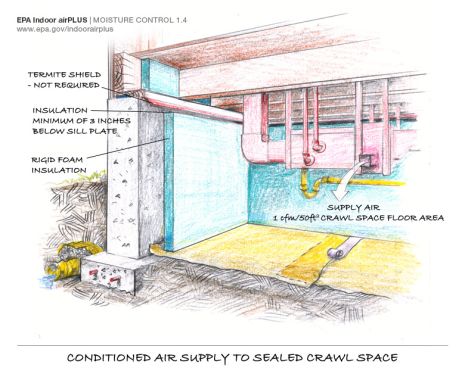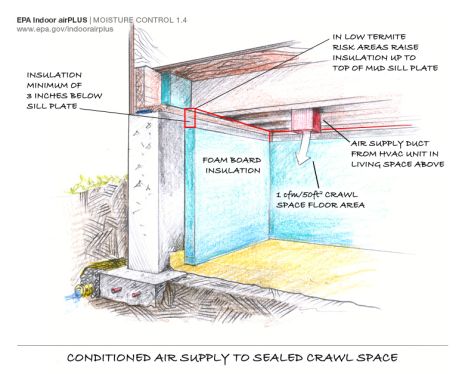Concept
Watch The Transformation
90% of all crawl spaces have a moisture problem, which leads to mold growth. The Mold Man Crawl Space System (MMCS) addresses all the issues with crawl space problems. Certified in mold remediation for the past 13 years and in the building trades since 1979, we have created a crawl space system that encompasses any moisture and mold issues and keep them from returning.
Conditioning your crawl space
Conditioning the crawl space is the practice of pulling the conditioned air from the main area of the home down through the crawl area. The process begins with a full and complete evaluation of your crawl space. The basic concept is to make your crawl area moisture and mold free.
The many things that the process includes:
- Killing all mold on the structure.
- Sealing all structure with a microbial sealant.
- Installing a crock and pump system to keep water tables from reaching the surface.
- Covering all existing block foundation vents. Installing rigid foam insulation to block or concrete side walls.
- Insulating all water supply lines, pressure tanks and any other items that can condensate and lead to moisture problems.
- Install a minimum of 12 mil vapor barrier to floor and side walls. Install a fresh air exchange unit to create conditioned air into the crawl area.
- We customize each and every ventilation system to meet proper air flow. Install dehumidification system if needed along with proper air flow.
- Full structural repair service. Staffed licensed builders to complete all structural repairs caused by dryrot.
- Give a 10 year guarantee with free follow up inspection annually to ensure all work completed is in good working condition, and free from mold growth.
Go From This…
…To This
One Call Handles All – Start to Finish
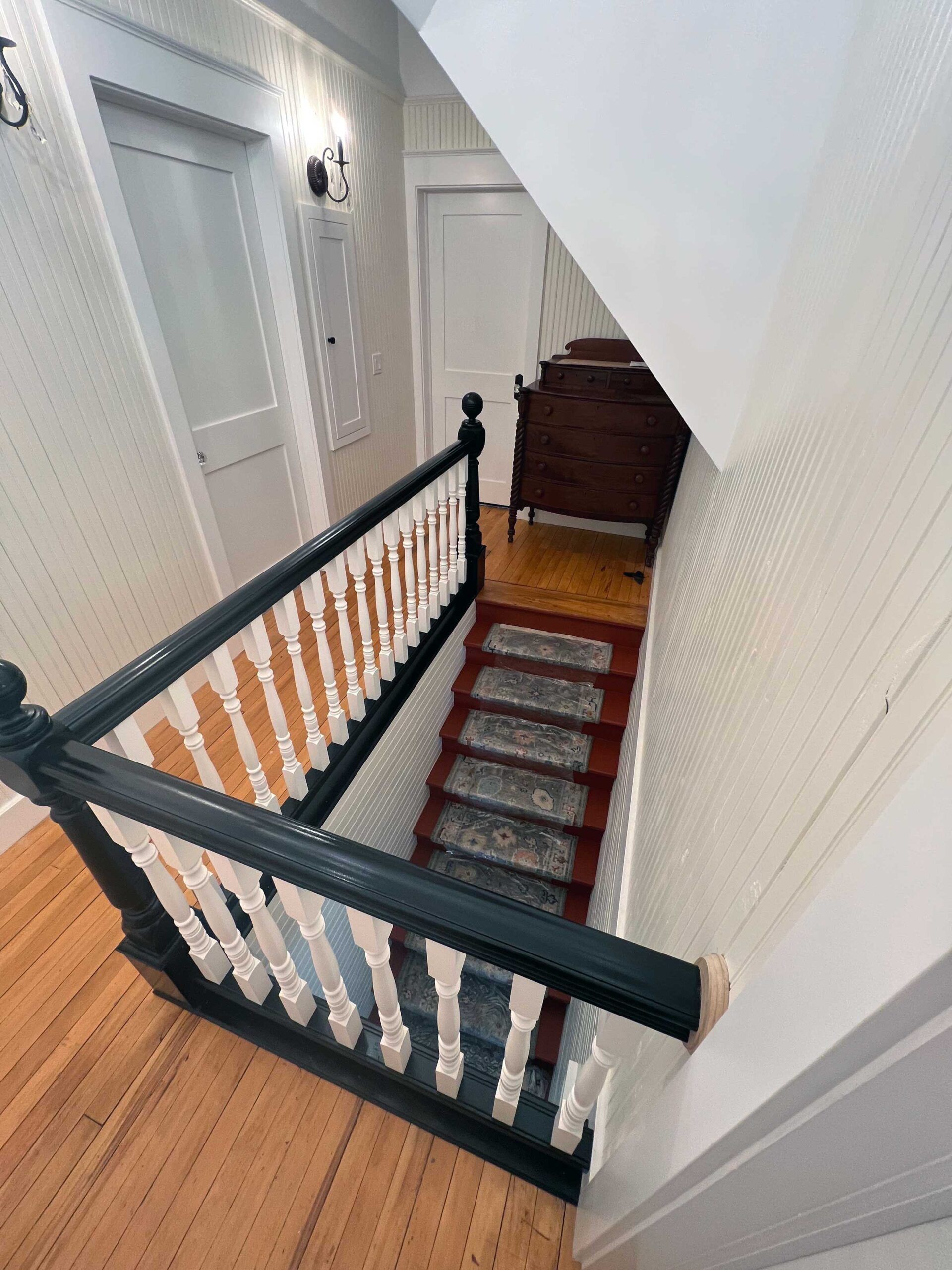
Stairs Remodel – AFTER
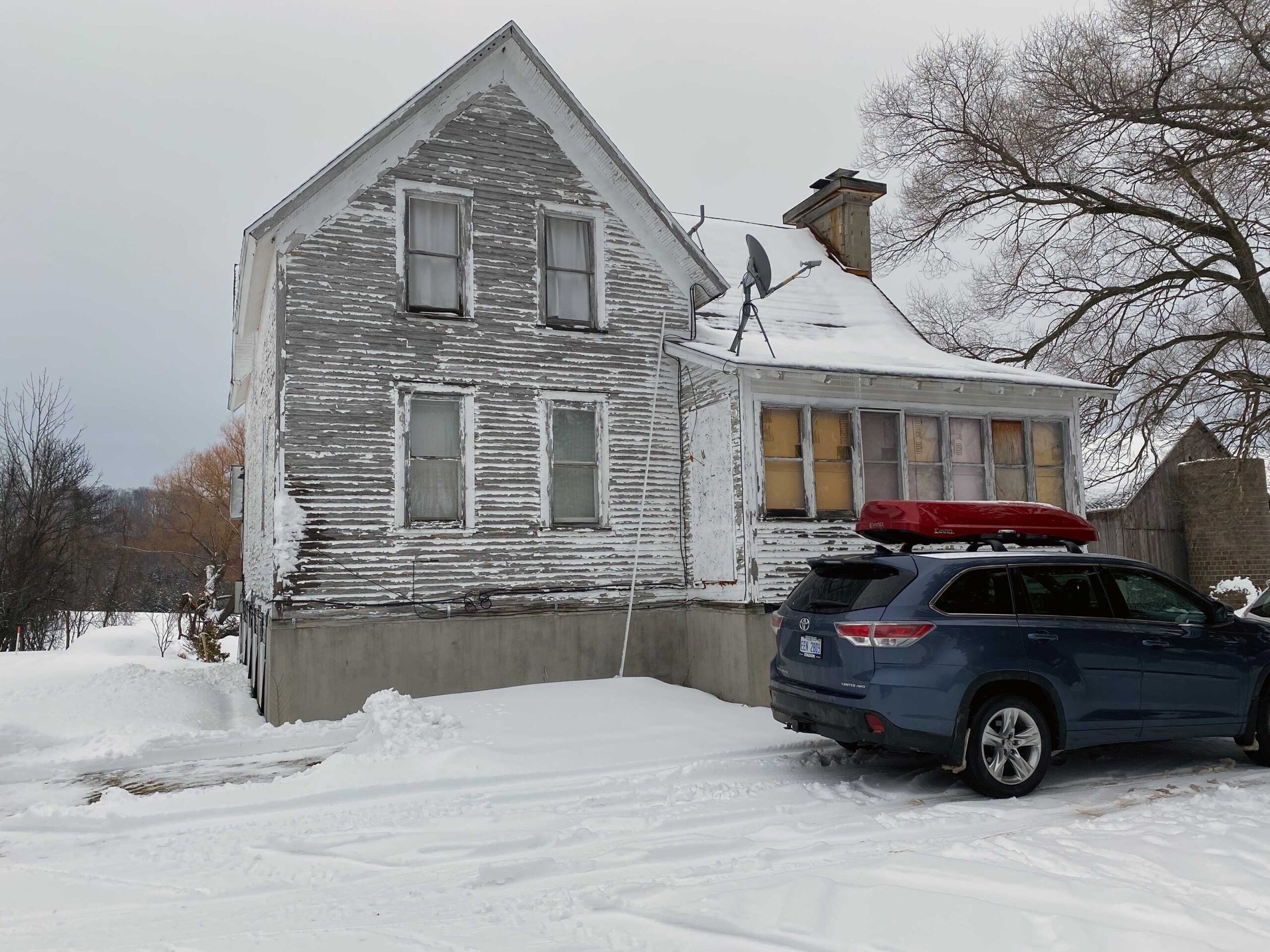
Old Farm House – BEFORE
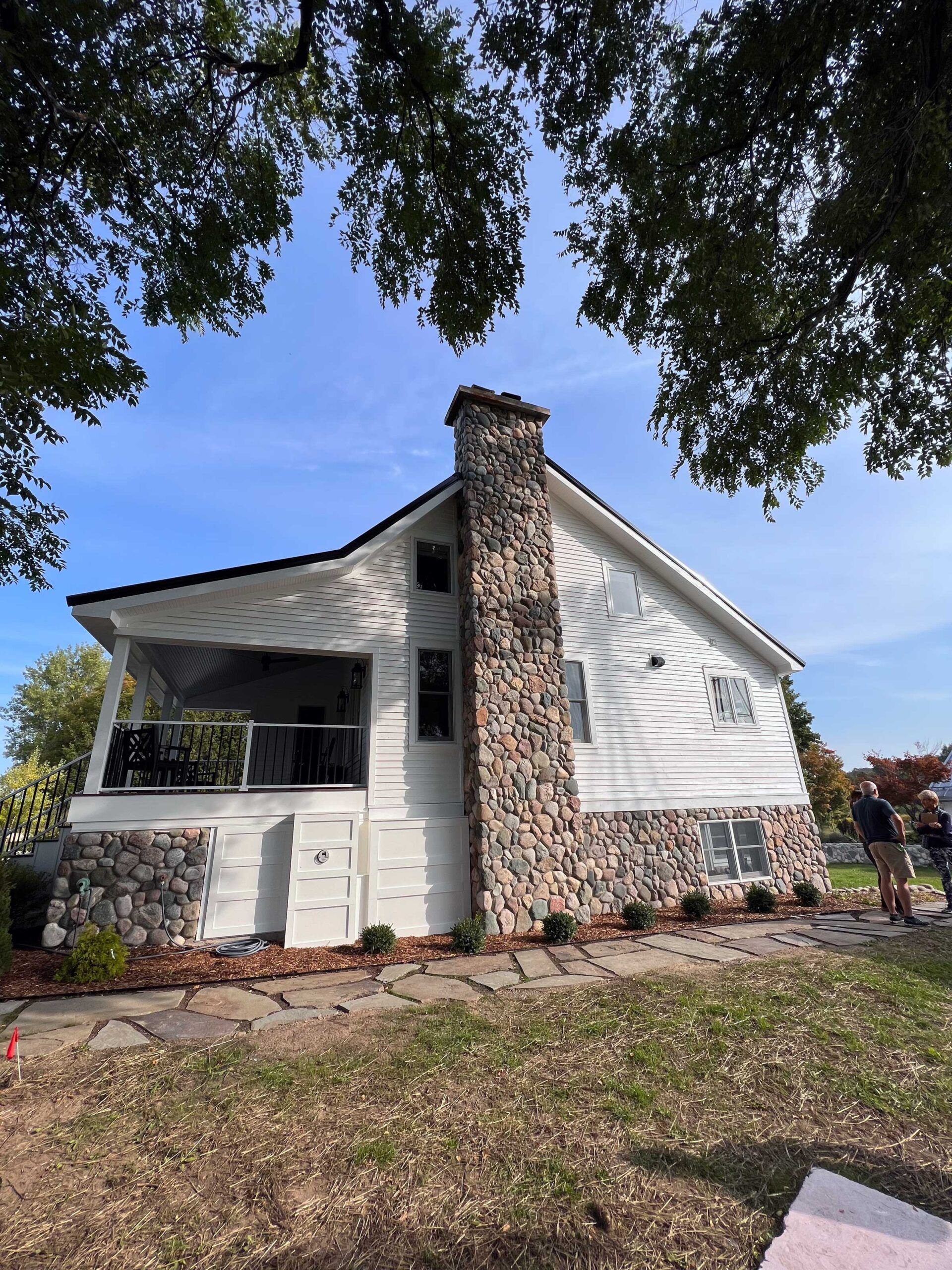
Farmhouse – AFTER
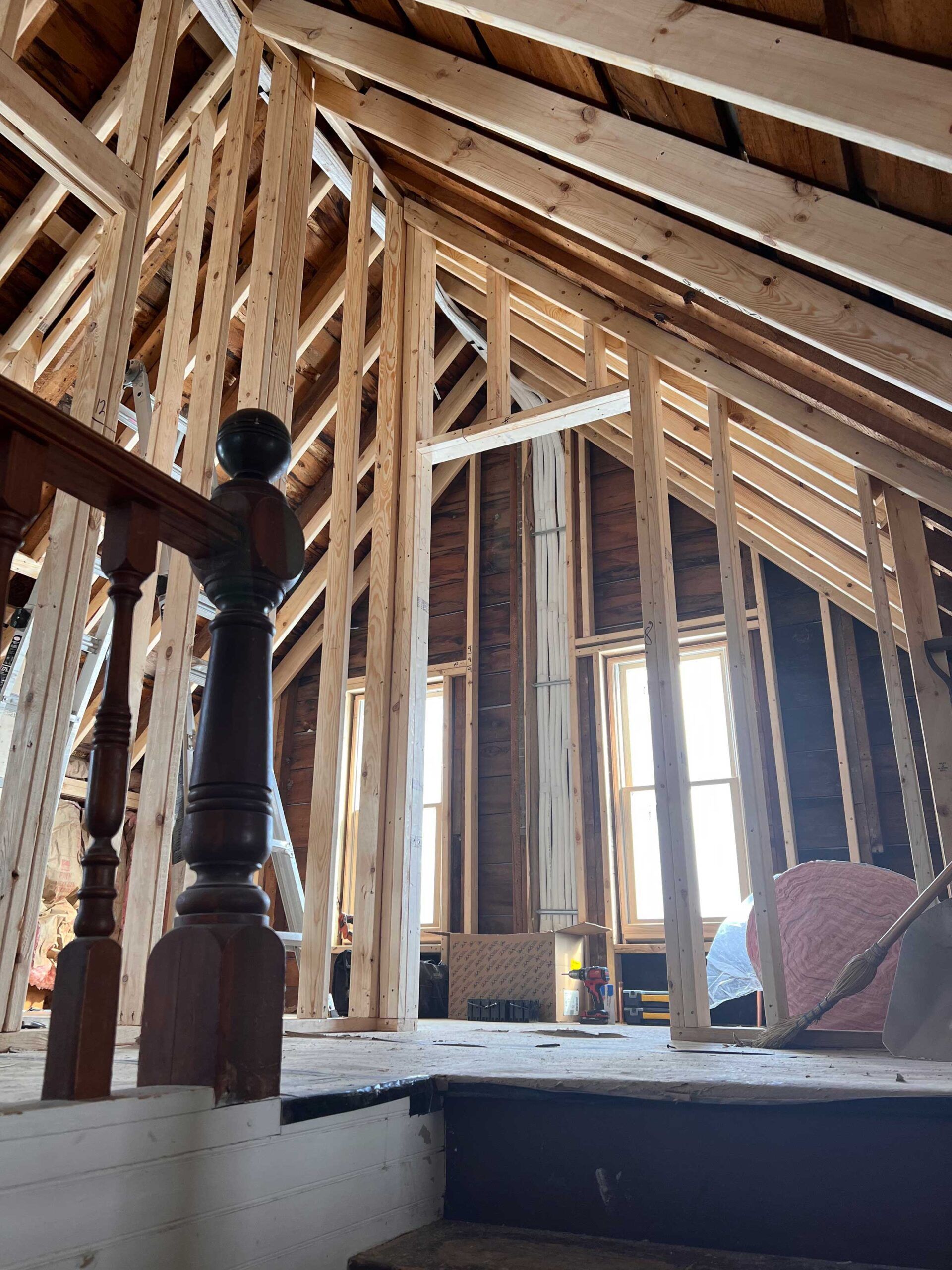
Second FLoor – FRAMING
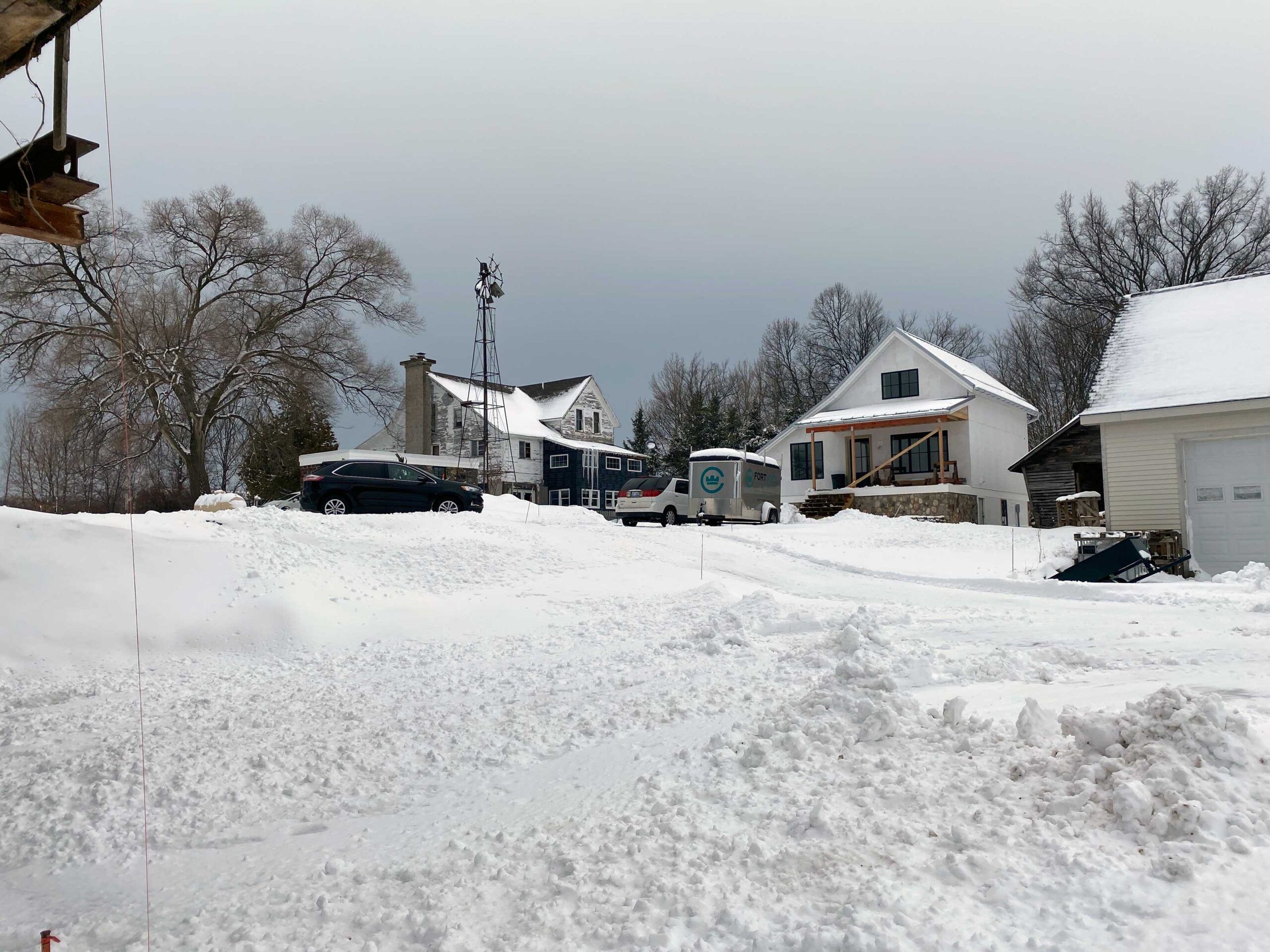
Farmhouse – EXTERIOR
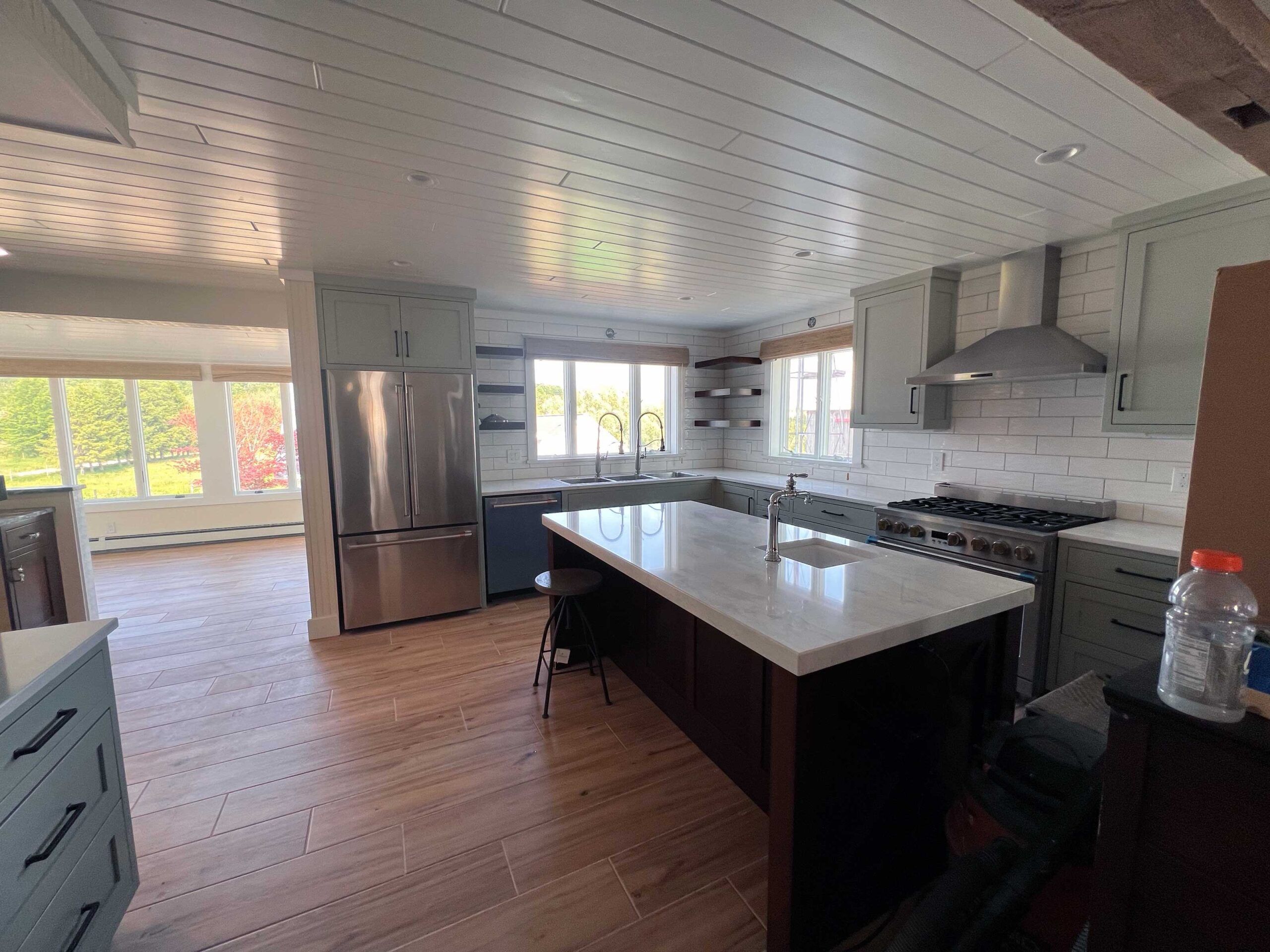
Farmhouse – KITCHEN
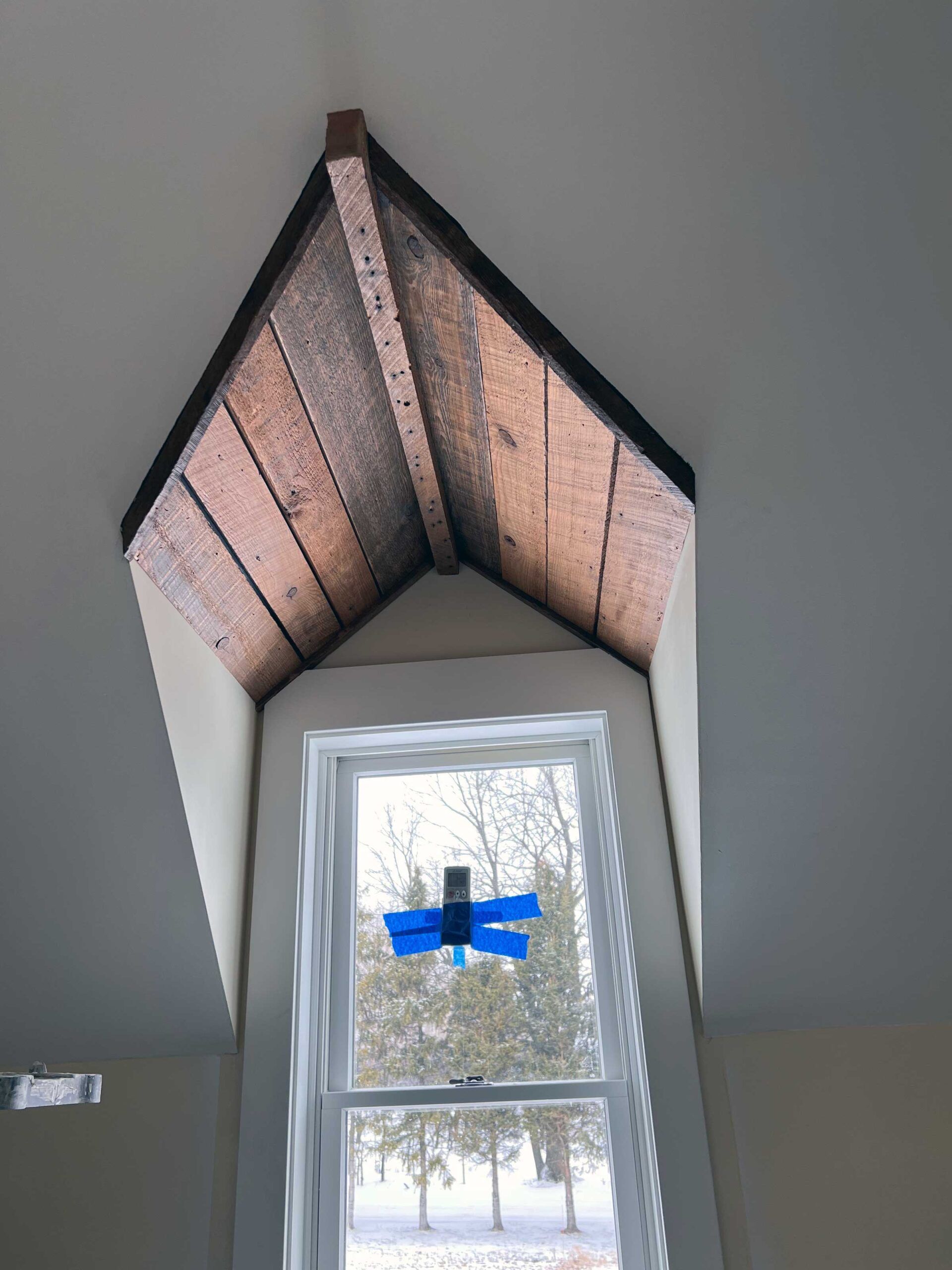
Farmhouse – DORMER
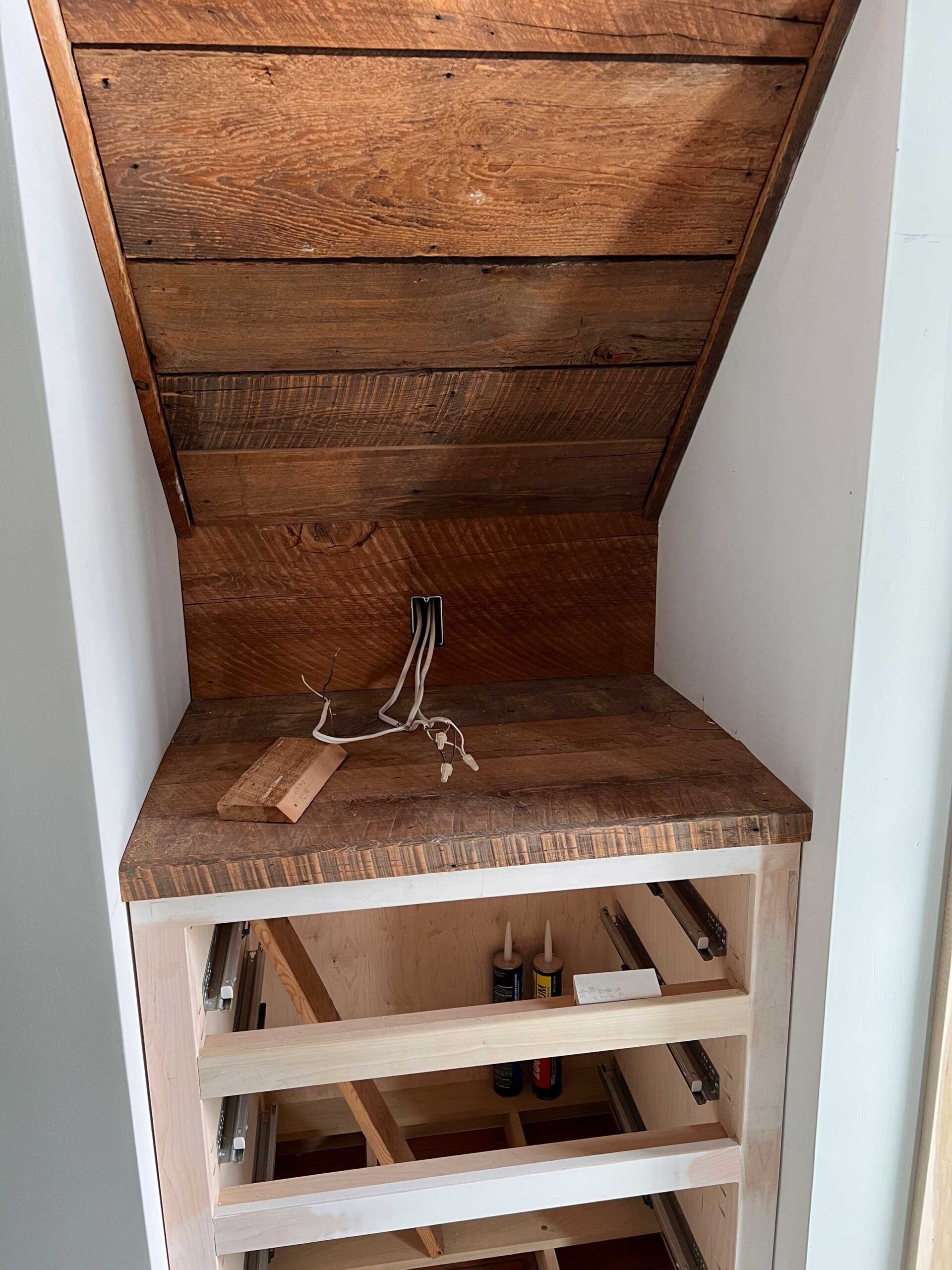
Farmhouse – BUILT-IN
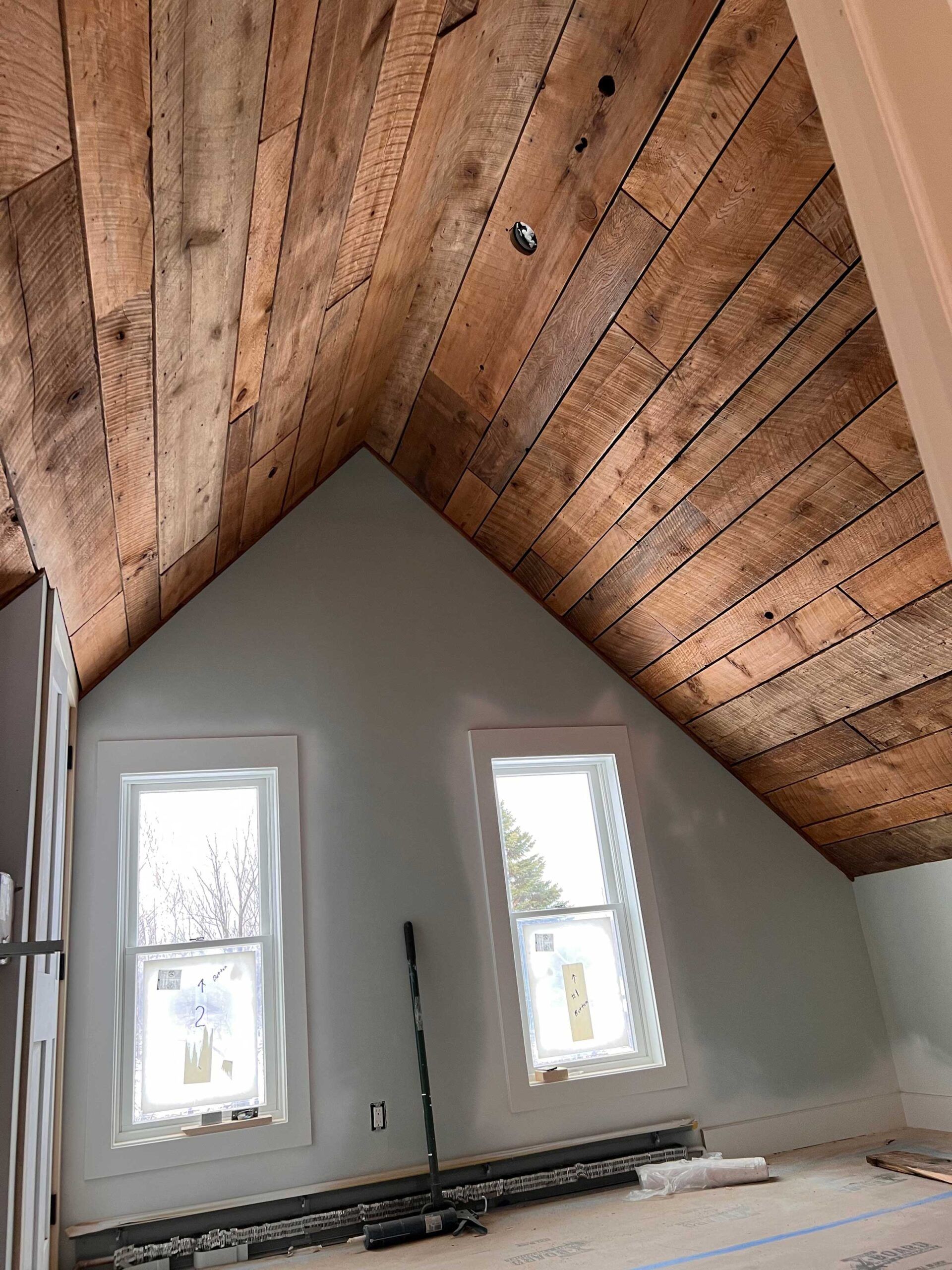
Farmhouse – PROGRESS
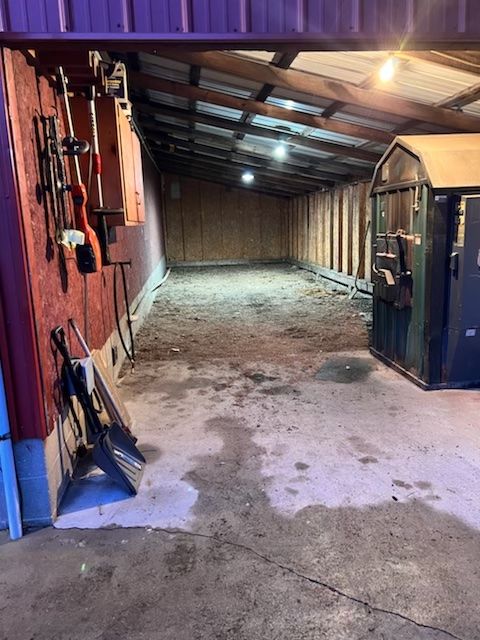
Barn – BEFORE
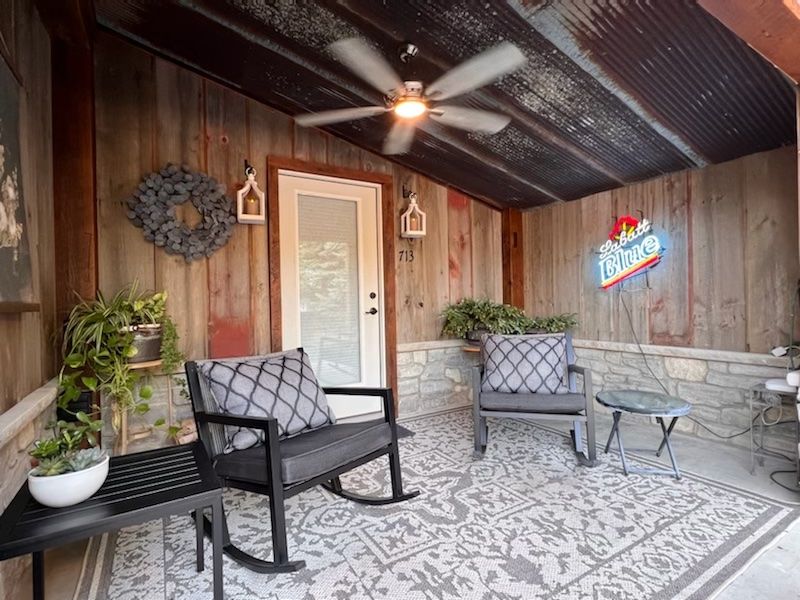
Barn Entry – AFTER
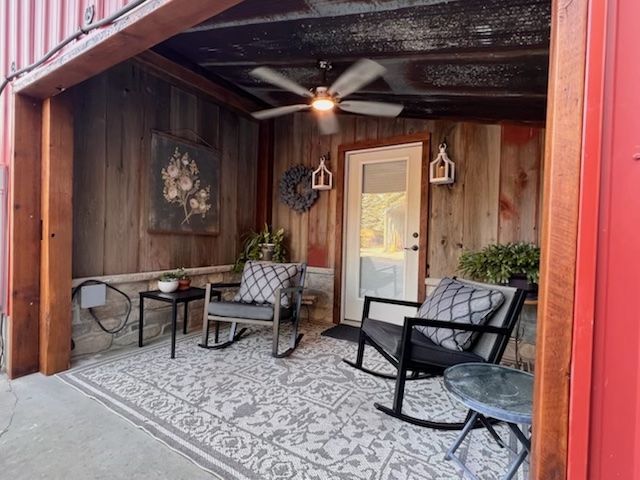
Entry Remodeled
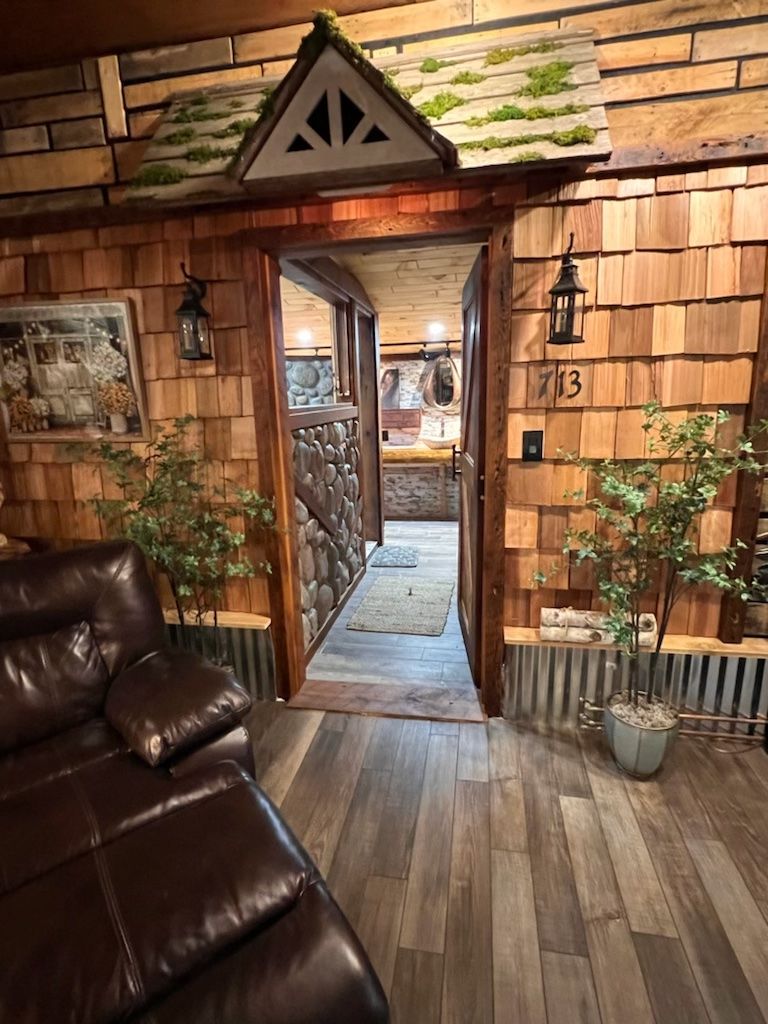
Bathroom Entry
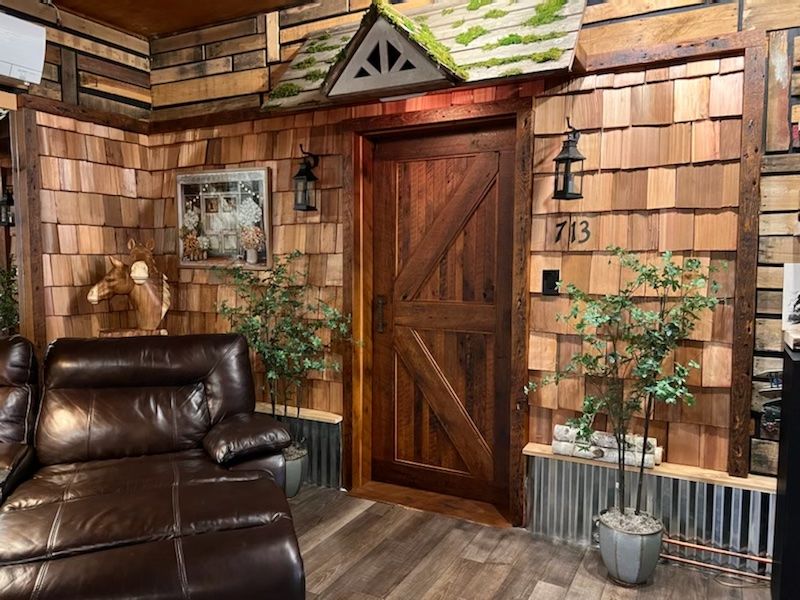
Bathroom Entry 2
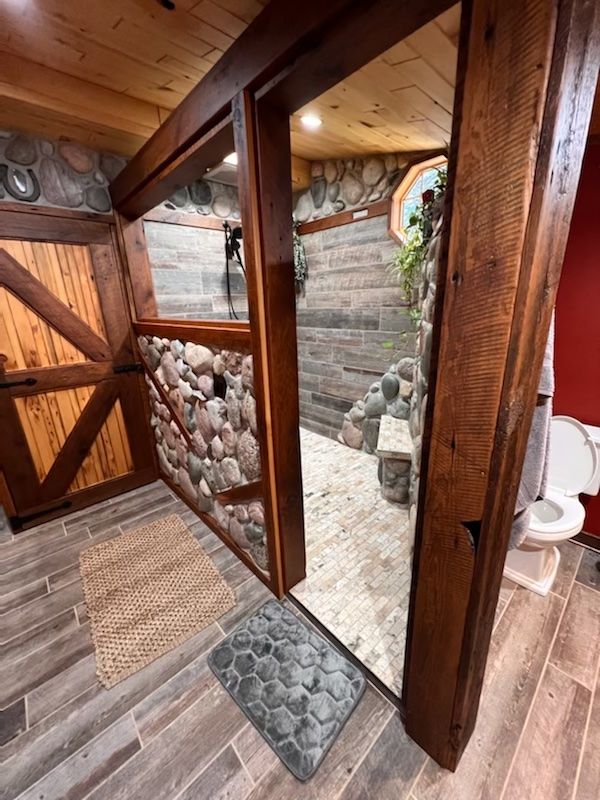
Walk-In Shower 1
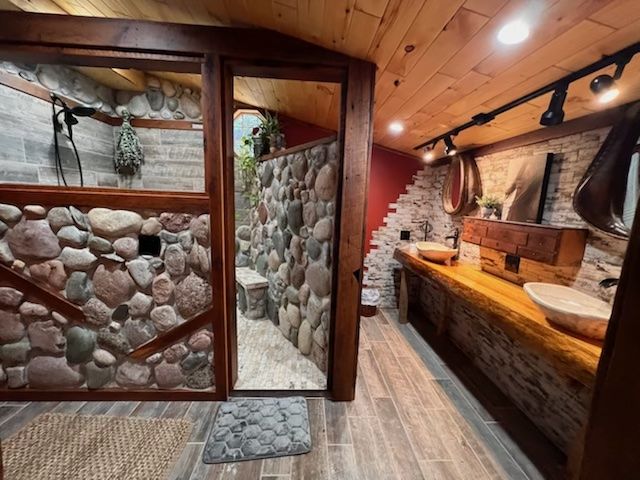
Bathroom Wide View
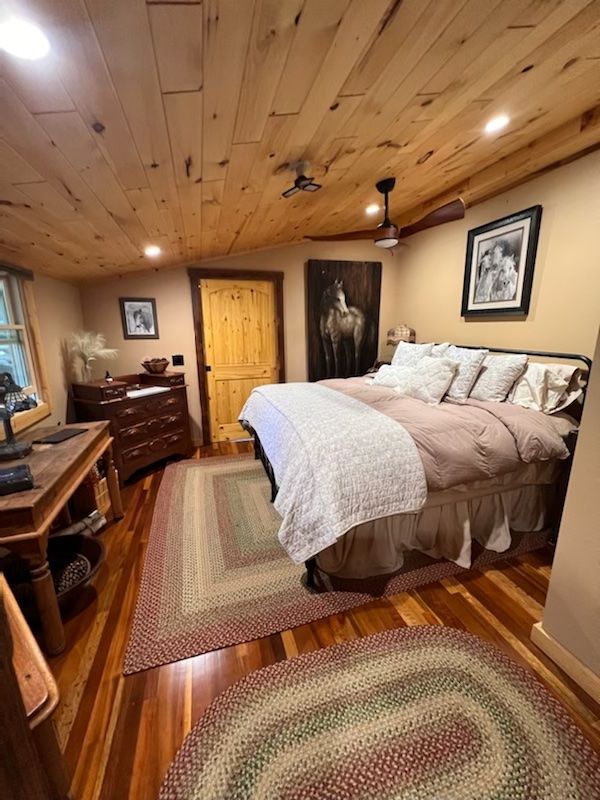
Bedroom 1
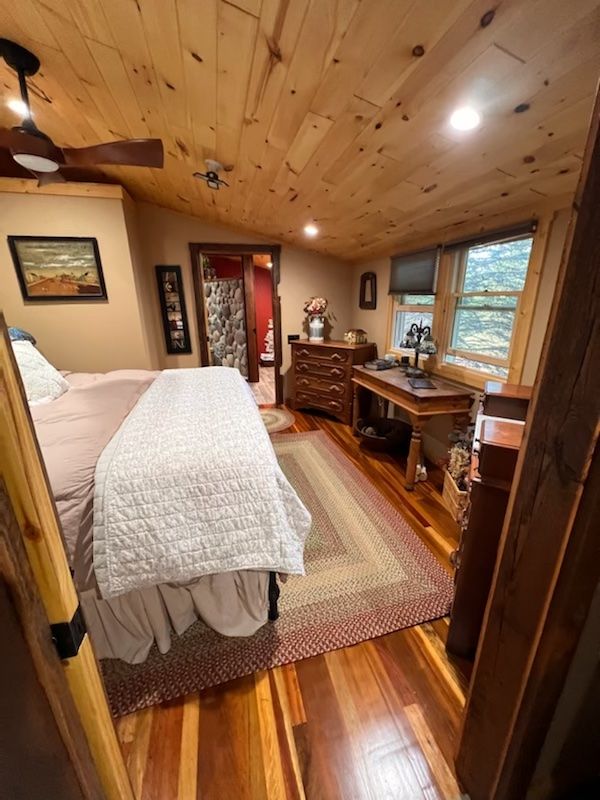
Bedroom 2
- Stairs Remodel – AFTER
- Old Farm House – BEFORE
- Farmhouse – AFTER
- Second FLoor – FRAMING
- Farmhouse – EXTERIOR
- Farmhouse – KITCHEN
- Farmhouse – DORMER
- Farmhouse – BUILT-IN
- Farmhouse – PROGRESS
- Barn – BEFORE
- Barn Entry – AFTER
- Entry Remodeled
- Bathroom Entry
- Bathroom Entry 2
- Walk-In Shower 1
- Bathroom Wide View
- Bedroom 1
- Bedroom 2
Here is Why:
The Mold Man, Traverse City: Mold remediation and clean up, save your health
- Immediate Response, 24/7/365
- Over 30 Years Experience
- Fast, Detailed, ExactiMateTM Estimates
- Complete, Hassle-Free Restoration
- Digital Documentation
Expertise and Certification
- Restoration Specialist
- Mold Remediation
- Water Extraction
- De-humidification
- CMI + CMR Advance Air Specialist
- HydroCare Hard Water Treatment
- IICRC Standards and Guidelines
- Sewage and Back-flows
- Construction Management
- Selective Deconstruction
- Licensed Builder
- Insured and Bonded
Custom Interiors General Contractors Recommendations
Remember the following:
- Do not hire anyone who performs mold inspections as a sideline (make sure mold is their primary business).
- Do not hire tradesmen without specialized knowledge such as: roofing contractors; carpet cleaners; duct cleaners; basement waterproofers; plumbers; heating/cooling contractors; home remodelers or fire restoration companies.
- Do not hire anyone who claims they can kill mold with ozone, flowers, bleach alone, sand blasting, or anti-microbial paint (these methods will NOT work).
- Do not hire anyone without a degree in microbiology, chemistry, environmental science or a certification from the National Association of Mold Professionals.
- Do not hire anyone who cannot thoroughly answer your questions or who makes you feel uneasy.
Remember, NAMP trained individuals have the education and the only authoritative credentials for Mold Professionals.
The best way to protect your family is to investigate the credentials of the individual or company performing the mold inspection, testing, or cleanup before you invest your money.
CUSTOM INTERIORS GENERAL CONTRACTORS
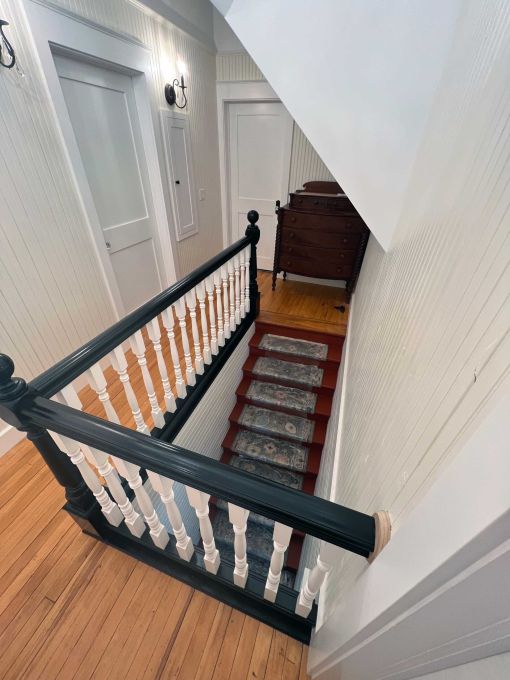
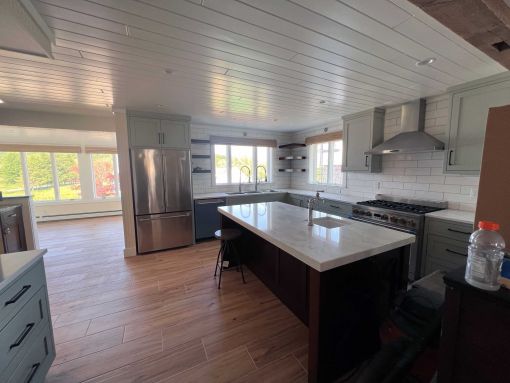
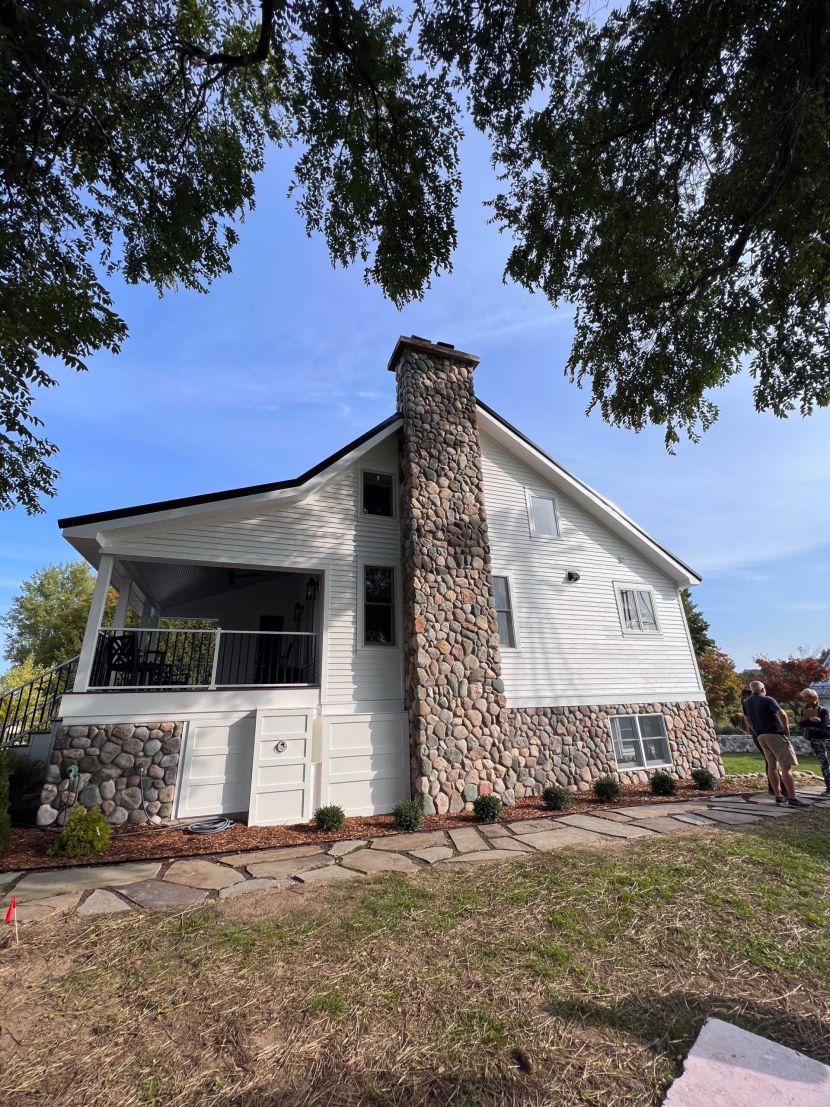
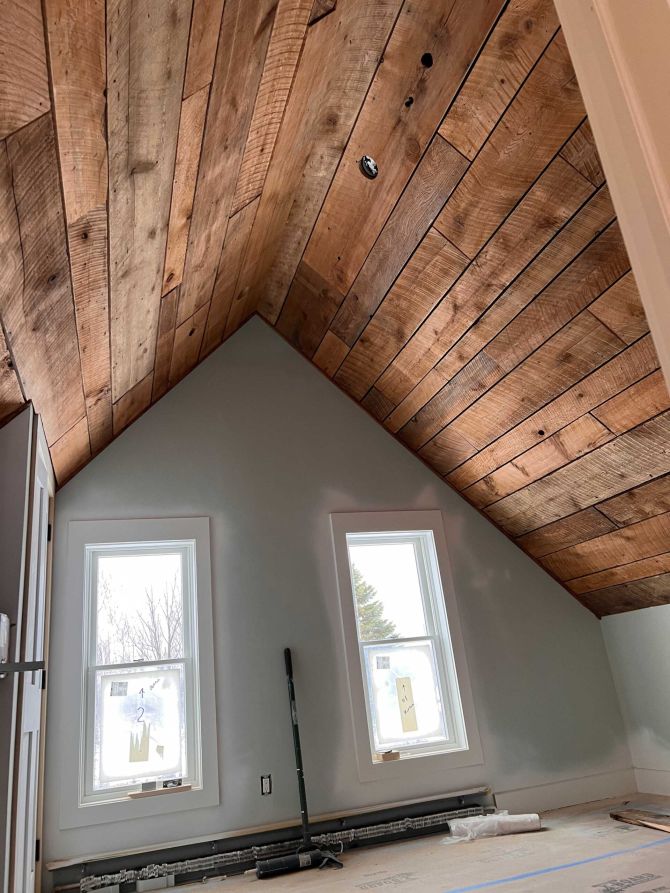
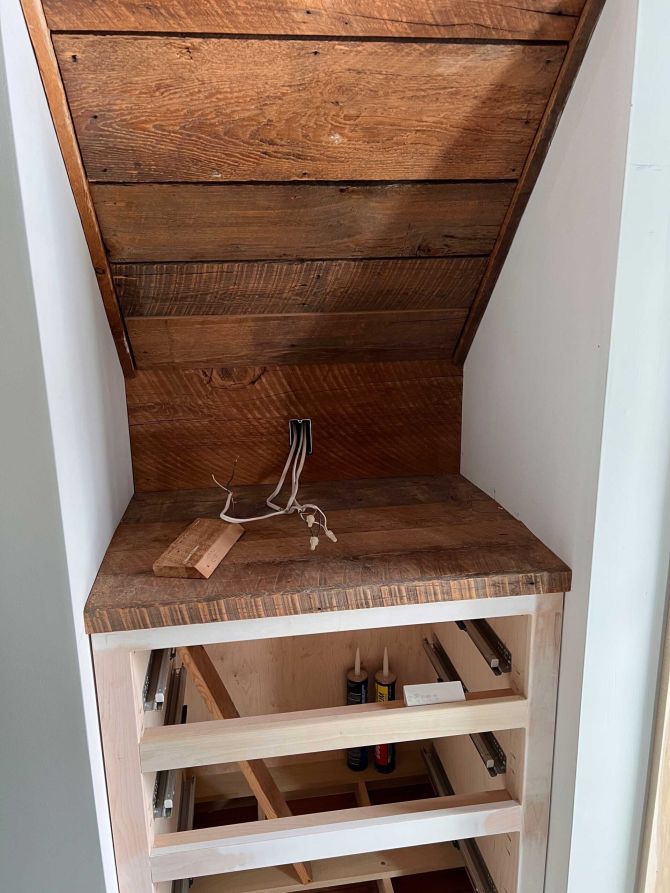

Environmental Protection Agency
EPA Information
Crawl spaces and basements can become moisture laden, supporting the growth of mold and the decay of building materials and providing ideal conditions for insect pests and even rodents. Moisture and contaminants can be driven into living spaces by the differences in air pressure between the crawl space/basement and the living spaces above. This exchange can be much greater when forced-air heating and air-conditioning equipment is located in basements and crawl spaces; the strong system airflows can pick up pollutants through any leak in the equipment, plenums or ductwork and quickly disperse them throughout the home.
Building codes traditionally have required the passive venting of crawl spaces to the outdoors, with the vent sizing dependent on the floor area of the crawl space and whether a vapor retarder such as polyethylene was present to reduce moisture entering the crawl space from the soil. However, research has shown that ventilating air entering the crawlspace from outdoors during warm, humid seasons wets rather than dries crawl spaces even if effective drainage and dampproofing systems are installed to keep liquid water out and a vapor retarder is in place on the earth floor.
However, conditioned crawl spaces have been shown to provide better moisture control, and they are more energy efficient. The International Residential Code (2009) provides for un-vented crawl spaces (R408.3). Conditioned crawl spaces have several essential elements:
- Perimeter walls (including an access door opening to the outside, if provided) that are sealed to prevent infiltration of outside air (no passive vents).
- Insulated walls to reduce the transfer of heat either into or out of the space.
- Floor covered with vapor-retardant membrane (with or without a concrete slab covering the vapor retarder) to control soil moisture.
- Either mechanical exhaust ventilation or conditioned-air supply.
- Floor drains leading to daylight outdoors or to a sump pit.
In warmer weather, a sealed crawl space prevents warm air from entering through wall vents and condensing on surfaces cooled by the ground temperature inside the crawl space. Sealing also produces energy savings by preventing the loss of dryer conditioned air (or during winter months, warmer conditioned air) that has been supplied to the space.
How
Ventilation openings should not be installed in the crawl space walls (except when an active exhaust fan is located in the wall to provide mechanical ventilation, described below). In addition, the following locations must be air-sealed using caulks, adhesive, air-sealing foam, gaskets or adhesive membranes:
- Exterior entry hatches or doors.
- Joints between the top of the foundation wall and the mud sill, between the mud sill and the rim joist and between the rim joist and the sub-floor.
- Around ducts, pipe conduits or other penetrations through the wall or rim joist.
Foundation walls may be insulated on their outside, inside or, in the case of insulated concrete forms, both sides. Insulating on the outside keeps the foundation wall’s temperature and moisture content more uniform throughout the year. If insulation is applied to the interior side of a basement wall, materials that can act as vapor barriers (e.g., polyethylene film, foil-faced paper or vinyl wall covering) should not be used. The vapor barrier can trap any moisture present in the foundation wall, creating moisture and mold problems on the wall’s interior surface.
Moisture and humidity issues are not eliminated once the crawl space is sealed. In the sealed environment, a small amount of moisture or humidity can cause a significant moisture problem unless provisions are made for some level of air exchange with conditioned air. This is accomplished with mechanical ventilation of the crawl space in essentially two ways:
- An exhaust fan inserted into the crawl space wall removes a small amount of air from the crawl space and it is replaced by drawing a small amount of conditioned air from the living space (through cracks and other openings in the floor above into the crawl space). If radon-resistant construction is necessary, do not implement this option because it can interfere with the operation of the mitigation system.
- A small amount of conditioned air (minimum 1 cfm per 50 sq. ft. of crawl space floor area) is blown directly from the heating and air-conditioning system (from equipment located in the living space above and ducted to the crawl space, or directly from HVAC equipment located in the crawl space).
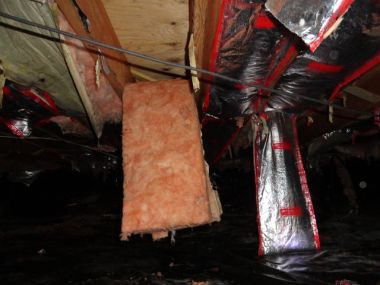
THE MOLD MAN
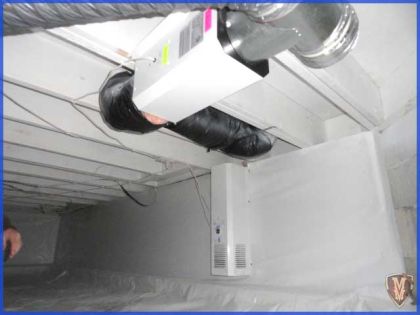
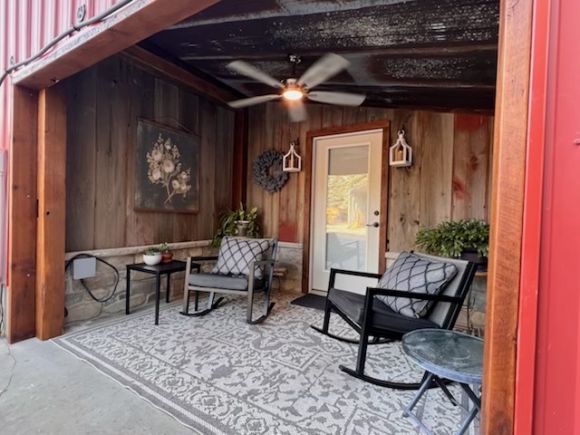
Airbnb
